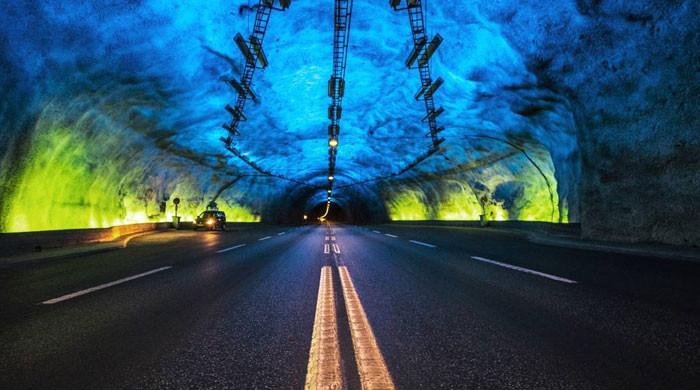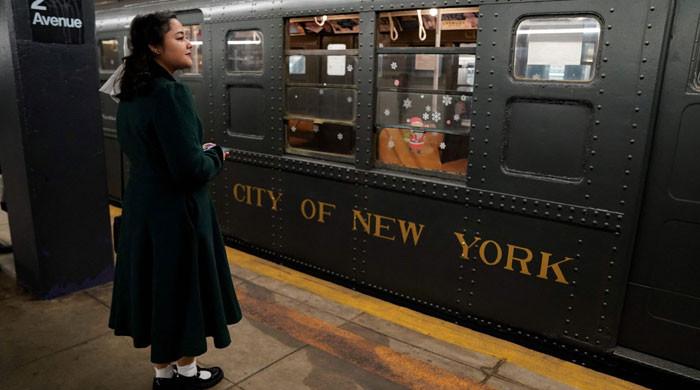WATCH: Boeing 787 Dreamliner lands at South Pole — why is it a big deal?
Norse Atlantic Airways set a record for landing largest passenger airplane in Antarctica this week
November 19, 2023
Norse Atlantic Airways successfully marked a milestone this week as they made a historic landing at the South Pole with a Boeing 787 Dreamliner.
The Norway-based airline successfully landed a 3,000-metre-long and 60-metre-wide Dreamliner in Antarctica on a blue ice runway at Troll Airfield just after 2am on November 16 (Wednesday), in bright sunlight.
But why is the Dreamliner's landing at the South Pole a big deal?
The Dreamliner's landing on Wednesday marked the first time a widebody aircraft capable of carrying up to 330 passengers has made it to the sixth continent, which makes it a record-setting landing.
However, before you embark on a search for bookings on this flight, it is crucial to note that Norse Atlantic Airways' flight N0787, was a non-regular passenger route, CNN reported.
The flight carried 45 Norwegian Polar Institute scientists and 12 tonnes of equipment to the Troll research station in Queen Maud Land, Antarctica.
Additionally, the flight departed Oslo on November 13, stopping in Cape Town before making a record-breaking landing in Antarctica on November 16.
According to Daniel Carey of Aircontact, the broker who arranged the flight, the Dreamliner’s "ample cargo space made it the ideal aircraft for the flight."
"Its fuel efficiency was also a factor," said Paul Erlandsson, field service representative at Boeing as the aircraft made it to Antarctica and back to Cape Town without needing to refuel.
“It is a great honour and excitement on behalf of the entire team Norse that we have achieved together a momentous moment of landing the first 787 Dreamliner,” Norse Atlantic Airways CEO, Bjorn Tore Larsen, said in a statement.
“In the spirit of exploration, we are proud to have a hand in this important and unique mission. It is a true testament to our highly trained and skilled pilots and crew, and our state-of-the-art Boeing aircraft.”
According to Camilla Brekke, the Norwegian Polar Institute director, using the larger aircraft was a more sustainable way of reaching the famously fragile continent.
“The most crucial aspect is the environmental gain we can achieve by using large and modern aircraft… [which] can help reduce overall emissions and the environmental footprint in Antarctica,” she said.
“Landing such a large aircraft opens up entirely new possibilities for logistics at Troll, which will also contribute to strengthening Norwegian research in Antarctica.”











